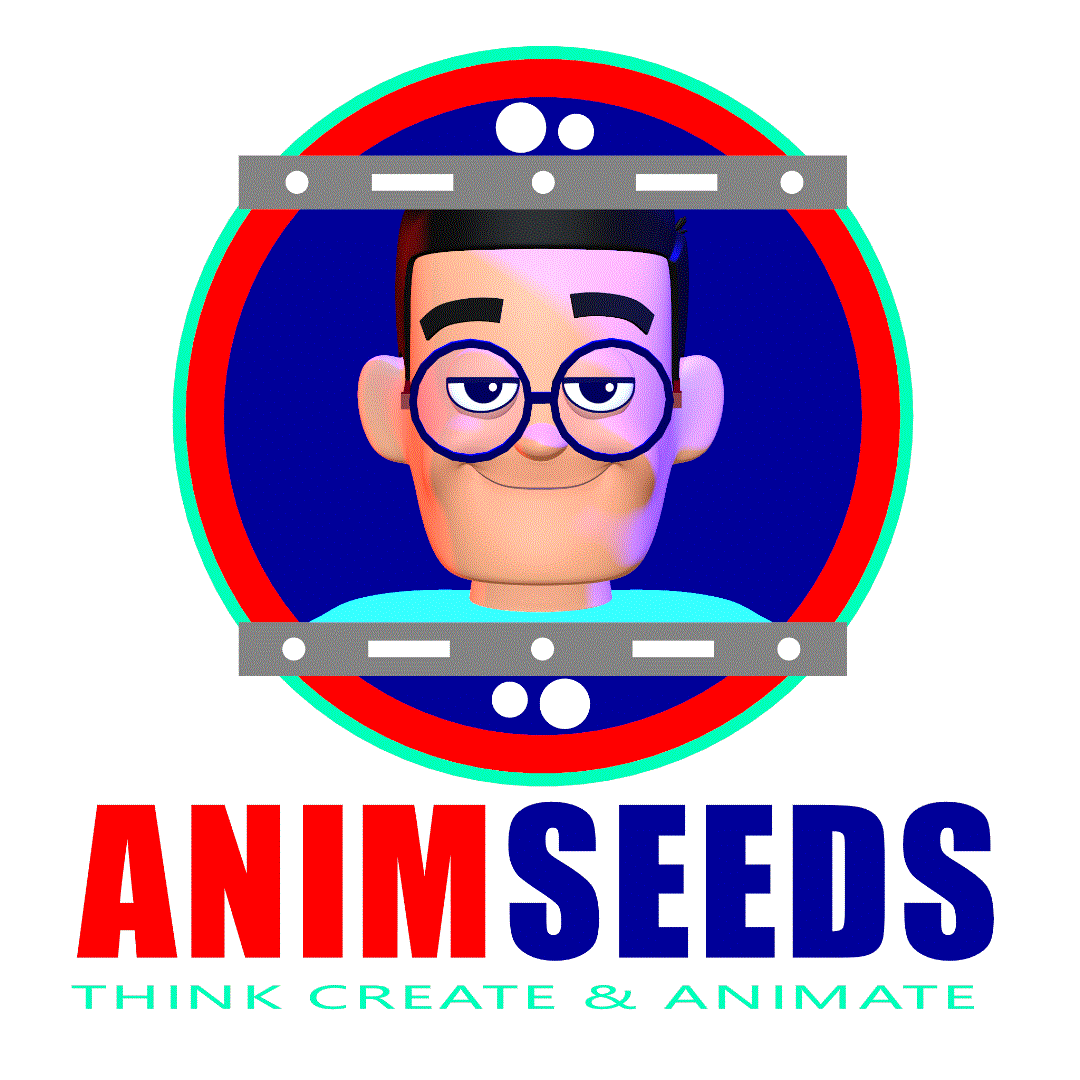Lip-Sync for animation – From Theory to 3D Practicality for feature film animators.
- Animseeds

- Apr 3, 2023
- 3 min read
Updated: Sep 25
Lip-sync is not about matching letters to sound, but about animating phonetic shapes that audiences instantly recognize. Vowels carry emotion and flow, stretching into open or rounded shapes that hold for several frames, while consonants act as quick closures that give rhythm and clarity. In feature film animation, the jaw drives most motion while lips, cheeks, and tongue add refinement. Expression reshapes every sound—an angry “O” is not the same as a surprised “O.” In 3D, animators block vowel peaks, layer consonant accents, and polish with arcs, asymmetry, and subtle overlaps. Done well, lip-sync vanishes, leaving only a believable, emotive performance.

1. Foundation: Sound vs. Shape
Key principle: You don’t animate sound. You animate the visual illusion of sound.
We’re not drawing every letter or sound—we’re animating mouth shapes that represent groups of sounds.
👉 Think of them as phonemes (the smallest sound units) vs. visemes (the visual mouth shape we create).
Example: “B,” “P,” and “M” are different phonemes but share almost the same viseme (lips closed).
2. Dividing Mouth Shapes (The Essential Set)
Instead of 26 letters, we usually reduce to 8–10 workable shapes:
Closed mouth – M, B, P
Open wide – A, Ah
Open narrow – E, I
Small round – O
Big round – Oo
Upper teeth over lower lip – F, V
Tongue behind teeth – L, Th
Neutral/resting
Smile shape – Ee/I exaggeration
Closed with tension – Sh, Ch, J
👉 You don’t need to “spell” every sound. Instead, you create readable shapes that audiences recognize instantly.
3. Vowels vs. Consonants
Vowels:
Carriers of sound → Open shapes.
They determine the rhythm & flow.
Think wide (Ee, Ai) vs. narrow (Oo, U) vs. open (Ah, Aa).
Pro tip: Vowels usually stretch the mouth; they hold emotional weight.
Consonants:
Breaks and accents → Often compressed or held briefly.
Quick “pops” (B, P, T, D) or closures (M, N).
Pro tip: Animate consonants on anticipation or impact frames, not stretched out.
4. Timing & Compression
Mouth shapes rarely sit on just one frame. Instead, they:
Ease in/out like body mechanics.
Example: For “Pop,” the P shape is already forming before the sound hits.
Hold compression:
B, P, M → Lips must close 1–2 frames before the sound.
T, D → Tongue contacts roof 1–2 frames early.
F, V → Lower lip touches teeth slightly before the audio.
👉 Think leading action: the mouth prepares before the sound.
5. Practical 3D Workflow
Break down your audio
Use Maya/Blender timeline scrubbing.
Mark major beats (accents, vowel peaks).
Ignore micro-sounds at first.
Block in main vowel shapes
Hit the open vowels (A, E, O).
These are your main keys—like body mechanics’ storytelling poses.
Add consonant closures
Insert M/B/P/F at proper frames, quick holds.
Keep them snappy, not floaty.
Refine overlaps
Mouth moves through transitions, not popping shape to shape.
Use in-betweens to morph naturally.
Polish with asymmetry
Perfect symmetry = robotic.
Shift corners of the mouth (one side higher, one more compressed).
6. Performance Layer
Emotion drives lip-sync
Don’t just mouth words → Animate character intention.
Anger → tighter mouth, more compression.
Happiness → stretched vowels, more smiles in Ee/Ai.
Tired → lower jaw lazy, less clarity.
7. Pro Tips & Tricks
Cheat for clarity: Push mouth wider/more open than in real life so it reads on screen.
Don’t animate every syllable: Prioritize clarity over accuracy. The audience “fills in” missing sounds.
Jaw drives most motion: Lips and tongue add detail. Don’t over-complicate lips alone.
Sync to vowel peaks, not consonant starts: Sound is read in vowels.
Keep it simple first pass: Just block vowel poses, then refine.
8. Advanced 3D Techniques
Animation Layers: Block lip-sync on one layer, add polish (cheek, jaw overlap, asymmetry) on another.
Spline interpolation tweaks: Use breakdowns to favor incoming shape. Example: Oo → Ah → Ee = stretch jaw before snapping wide.
Camera test often: Mouth that looks good in close-up might be unreadable in medium shot.
Secondary flesh movement: Jaw drags cheeks, lips squash/stretch. Add micro overlaps.
Final Mentor Note:
Lip-sync is not about mouths—it’s about communication. The best lip-sync feels invisible because the emotion and performance carry the scene, and the mouth only supports it. Treat it like acting: the audience should read the thought, not the mechanics.
Ready to Take Your Animation to the Next Level?
If this breakdown excites you and you’re eager to dive deeper into the craft of animation, the Animseeds Advanced Animation Workshop is the perfect space to grow. You’ll be guided step by step through industry-level workflows, receive professional feedback, and join a community of passionate animators pushing their skills to new heights.


